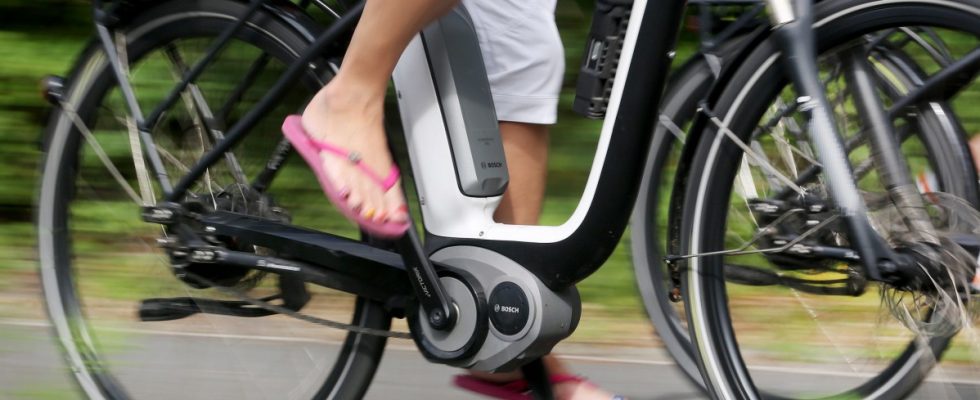The modern era began sometime in the 1990s: Suddenly people were invited to movie nights instead of slide shows. Slightly shaky, somewhat blurry and not entirely color-accurate holiday shots were less evidence of the filmmakers’ artistry. Rather, the magic lay in the innovative, small and rechargeable batteries: without a power supply, the Handycams were lighter and easier to use. Lithium-ion batteries also made Walkman listening a worldwide hit overnight. What followed was the (temporary) declaration of independence from the power socket in almost all areas of life.
Without the juice from the cell, our modern, nomadic existence would not be possible. Mobile phones, laptops and e-bikes are now part of many people’s basic equipment. Thanks to their relatively high energy content, the mobile storage devices can be accommodated in the smallest of spaces, including in e-cigarettes or flashing greeting cards. Because they are so inconspicuous, they quickly end up in the trash. If the cells come under pressure, short circuits regularly occur in recycling centers – and major fires. Precisely because energy storage devices can be used everywhere, there is little awareness of their dangers.
In midsummer, a lot is expected of electronic helpers: cell phones that burn on the beach in the blazing sun, or e-mountain bikes that charge in the heat and are then chased over hill and dale. To prevent heat collapse and thus short circuits and battery fires, a few simple precautions are usually enough. Because electricity storage devices are not that dissimilar to humans, at least in one respect: they don’t like stress, their ideal storage and charging temperature is between 0 and 20 degrees Celsius. The batteries should therefore be protected from direct sunlight and temperatures of more than 30 degrees Celsius. In any case, this increases the durability, i.e. the capacity and the number of possible charging cycles.
By the way, it is a common misconception that infrequent charging extends the lifespan. The opposite is true for lithium-ion batteries. They feel most comfortable with a charge level between 20 and 80 percent; The last percentage points when fully charging take the most time anyway. Deep discharging, especially in the cold, is also stressful for cell chemistry. E-bikes should therefore not be stored unloaded during the cold season; When recharging for the first time after the winter break, you should keep an eye on it and make sure that neither the battery nor the charger get too warm. The general rule is: When charging, always only use the original accessories that have been supplied or recommended by the manufacturer.
It’s best to have your two-wheelers serviced regularly by professionals
Batteries can be easily damaged not only in the trash compactor, but also in the adjustment mechanism of airplane seats. The strong pressure means there is a high risk of short circuits between the delicate cell layers. The same thing can also happen if you fall with an e-bike or e-scooter. Even if the battery appears undamaged on the outside, such two-wheelers should be serviced regularly by professionals. Because this doesn’t always happen, the Hamburger Hochbahn has no longer allowed e-scooters in the subways since August 24, 2023. The risk of battery fires in these small vehicles is too high. In the long tunnels of the Hamburg subway system and the relatively narrow vehicles, the smoke produced by battery fires can quickly become dangerous.
If handled incorrectly, batteries become dangerous goods. The author’s phone recently stopped charging automatically when it was hot. Clever!
(Photo: Bernd Schifferdecker (illustration))

